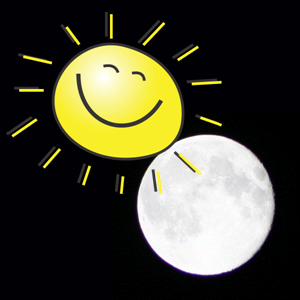-By Doc Larrick, first published December 17, 2015 in the Dynamic Literacy News Letter
 For example, did you ever think about the pair of words, today and tonight? Such familiar words! But delving into them, after isolating the forms day and night, the keenly curious word student will start wondering about the prefix to– on both words, and probably come to the correct conclusion that to– means something like on this. The next question that might occur to someone smitten with the love of how words work might be, “Are there other to– words?”
For example, did you ever think about the pair of words, today and tonight? Such familiar words! But delving into them, after isolating the forms day and night, the keenly curious word student will start wondering about the prefix to– on both words, and probably come to the correct conclusion that to– means something like on this. The next question that might occur to someone smitten with the love of how words work might be, “Are there other to– words?”
And then some fun begins. Ah, there’s tomorrow–so what is amorrow, anyway? And toward, and together! What’s ward? What’sgether? Did you guess that morrow means morning , that ward is adirection and that gether is gather? In England you’ll still hear the morning greeting “Good morrow”, it’s better to be toward than to be froward, and when things are gathered into one place, they are together.
 Not to make such a to-do about this, but phrases like to be and to go are now being used as adjectives (to wit, a bride to–be or a to–go order of fries). Can you see why the spellings of these new adjectives will probably remain hyphenated? (The spellings tobe and togo would not readily be understood in print.)
Not to make such a to-do about this, but phrases like to be and to go are now being used as adjectives (to wit, a bride to–be or a to–go order of fries). Can you see why the spellings of these new adjectives will probably remain hyphenated? (The spellings tobe and togo would not readily be understood in print.)
